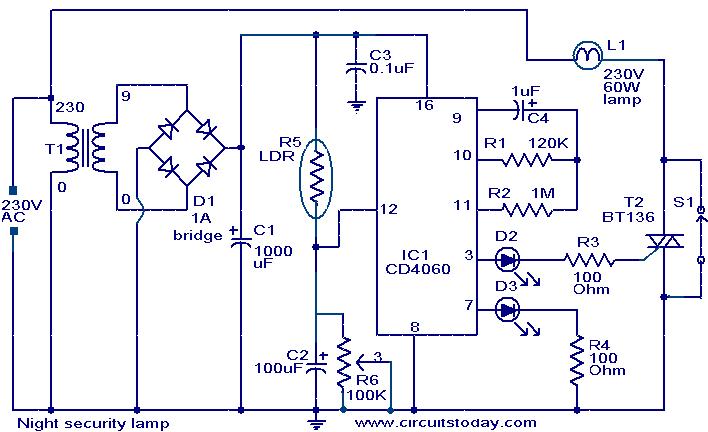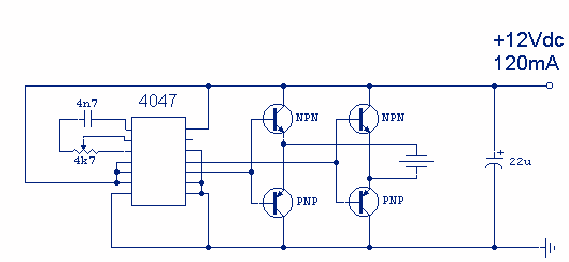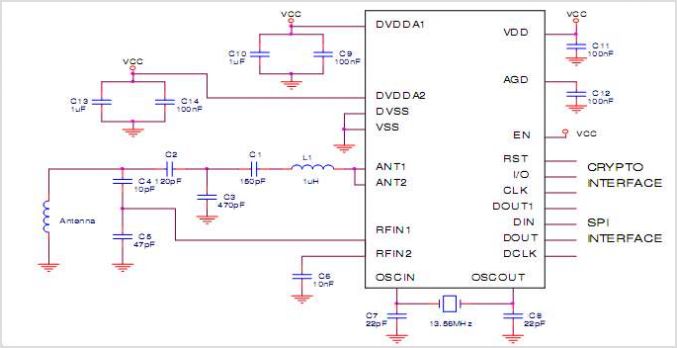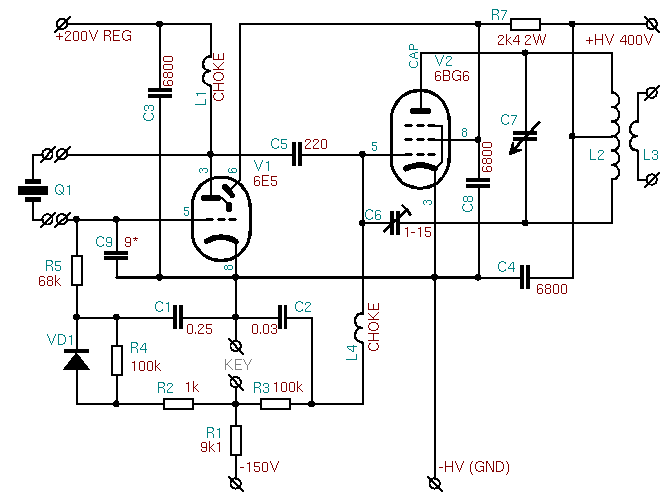
Joulethief SEC exciter and variants1
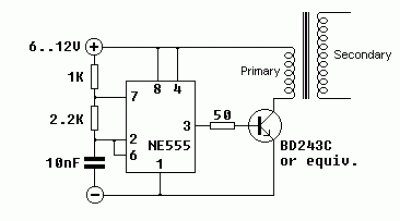
This graph from Joseph Newman's book should explain some concepts, although the energy increase is likely attributed to other additional factors.
The reference to Joseph Newman’s work suggests a focus on energy generation and conversion principles, particularly in the context of a specific graph that illustrates these concepts. Newman's theories often delve into unconventional energy sources and mechanisms that challenge traditional understanding of energy conservation and generation.
In an electronic schematic context, the graph might represent a circuit that demonstrates the relationship between input energy and output energy in a system, potentially highlighting the efficiency of energy conversion or the presence of additional energy sources. This could involve components such as capacitors, inductors, and energy storage devices, which play crucial roles in managing and transforming energy within a circuit.
The schematic may include a representation of various energy pathways, illustrating how energy is harnessed and utilized within a system. Key components could involve a power source, switches for controlling energy flow, and output devices that utilize the generated energy, such as motors or lights. Additionally, the circuit could feature feedback mechanisms that allow for the adjustment of energy output based on demand, showcasing a dynamic interaction between energy input and output.
Understanding the principles illustrated in the graph requires a comprehensive analysis of the circuit's design, including the arrangement and specifications of each component. The behavior of the circuit under different operational conditions can provide insights into the efficiency and effectiveness of the energy generation methods proposed by Newman, as well as their practical applications in modern electronic systems.Hi folks, Hi slayer. this graph from Joseph Newman`s book should explain some things, though the energy increase is probably from other additional.. 🔗 External reference
The reference to Joseph Newman’s work suggests a focus on energy generation and conversion principles, particularly in the context of a specific graph that illustrates these concepts. Newman's theories often delve into unconventional energy sources and mechanisms that challenge traditional understanding of energy conservation and generation.
In an electronic schematic context, the graph might represent a circuit that demonstrates the relationship between input energy and output energy in a system, potentially highlighting the efficiency of energy conversion or the presence of additional energy sources. This could involve components such as capacitors, inductors, and energy storage devices, which play crucial roles in managing and transforming energy within a circuit.
The schematic may include a representation of various energy pathways, illustrating how energy is harnessed and utilized within a system. Key components could involve a power source, switches for controlling energy flow, and output devices that utilize the generated energy, such as motors or lights. Additionally, the circuit could feature feedback mechanisms that allow for the adjustment of energy output based on demand, showcasing a dynamic interaction between energy input and output.
Understanding the principles illustrated in the graph requires a comprehensive analysis of the circuit's design, including the arrangement and specifications of each component. The behavior of the circuit under different operational conditions can provide insights into the efficiency and effectiveness of the energy generation methods proposed by Newman, as well as their practical applications in modern electronic systems.Hi folks, Hi slayer. this graph from Joseph Newman`s book should explain some things, though the energy increase is probably from other additional.. 🔗 External reference
